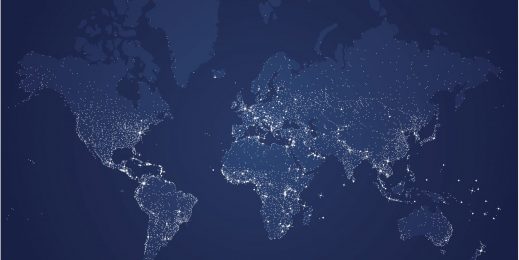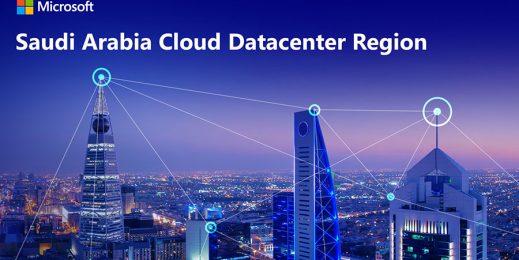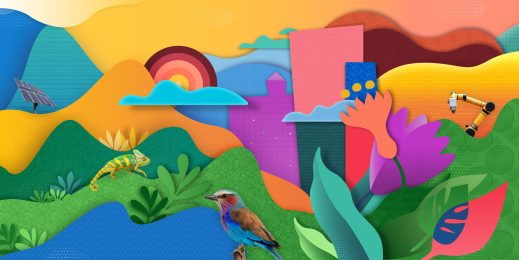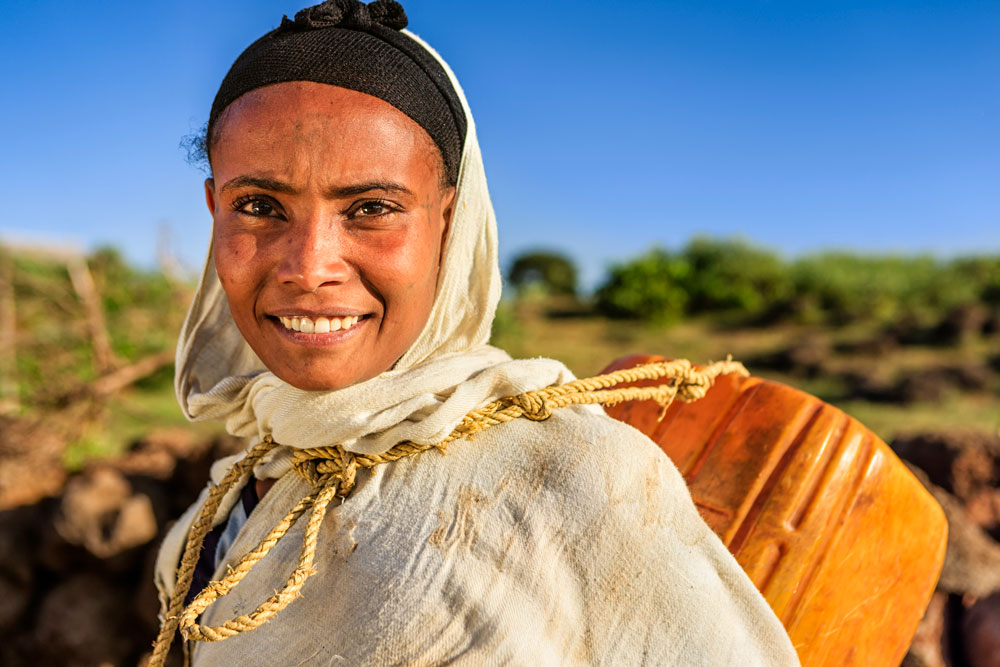
Data could ensure a more equal future
More accurate information about issues affecting women in the Middle East and Africa region could help narrow the gender gap and grow the region’s GDP
It was just three years ago that researchers were amazed by the discovery that around 14 million women in sub-Saharan Africa are tasked with the laborious process of collecting water every day.
In isolation the statistic might not seem ground-breaking, but combined with an understanding of how water collection increases the risk of African girls dropping out of schools, it becomes an invaluable insight into the challenges surrounding gender equality on the continent.
And more than this, it paints a detailed picture of the hardships many women across the region face – girls of no more than 13 journeying for up to eight hours a day simply to provide their families with the basic necessity of water. Understanding the massive time implications involved, it’s easy to see how just one back-breaking chore can rob young women of their education entirely.
In fact, UNICEF estimates that across the world, women spend 200 million hours a day collecting water, ultimately adding up to more than 22 800 years.
Faced with compelling evidence, intergovernmental and non-profit organisations, as well as private companies, are turning their attention to data and analytics to create more inclusive societies across the Middle East and Africa region.
But, the deeper researchers dig, the more apparent it becomes that before society can start narrowing the gender gap, it first needs to begin bridging the gender data divide.
A quicker route to inclusivity
Though the World Economic Forum predicts it will take 157 years to bridge the gender gap in the Middle East and North Africa region, harnessing the power of technology could help us reach equality more quickly.
By creating insights around inequalities where previously there were none, data provides a more accurate guideline for the governments and organisations responsible for social development programmes and policies. And through the widespread adoption of technology, such as mobile phones, researchers have access to powerful platforms from which they can collect large volumes of more accurate and current data.
Let’s take, for example, the gender pay gap in the United Arab Emirates (UAE). Though the UAE has made significant strides in gender parity, there is still a widening gap in wage equality, according to the Global Gender Gap report. The report indicates the root cause of this discrepancy in pay could be attributed to any number of global factors, including unequal access to education or a stagnating number of women in the workplace.
Using technology, such as mobile phone surveys, researchers could refine this information, pinning down accurate root causes of the UAE’s gender wage gap. This would then be passed on to policy-makers who could develop more effective policies to address the situation.
A wide range of other technology platforms, such as web surveys, GPS-tracking and social media listening tools are already being used to collect large volumes of current and exact data.
Despite this, however, much of the important gender data that could help governments make better decisions does not exist at all. This is particularly true of information around women and girls living in isolated and marginalised communities.
According to UN Women, just 13 percent of countries across the world have a dedicated budget for gender statistics. Across sub-Saharan Africa, almost half the gender data that would ordinarily be used to measure and compare the situations of women and men is either missing or not accurate enough.
In response, initiatives such as Data2X, are gaining momentum. The platform, which is dedicated to improving the quality and availability of gender data, is funded by the Bill & Melinda Gates Foundation amongst others.
Gender data analysis in action
New sources of gender data are already being used to understand and address the day-to-day challenges that women across the world face.
The ‘Girl Roster’ is an initiative rolled out by the Population Council across the Middle East and Africa, among other regions. It uses very basic data-gathering toolkits to gain a clearer idea of whether women living in poorer communities have access to essential services and how best to reach those in need.
Through the programme, representatives are tasked with going door-to-door in a specific geographic location and asking for information about the girls residing there. Key information, such as their access to schooling, is then recorded on smartphones.
Efforts to improve the accuracy of data are also in play. For example, there tends to be a strong correlation between information, such as social and health data, and the area from which it originates. But, often the data used by policy-makers does not take this into account.
This has led Data2X to start mapping important data about women against the areas in which they live, enabling them to develop powerful insights about those women.
The organisation is currently using this technique to improve information around issues such as women’s literacy in Kenya, Nigeria and Tanzania.
Beyond the data gap – Addressing gender bias
But, it’s not just data gaps that need to be addressed.
Technology companies have also recognised the need to address data bias. Typically the algorithms used in AI draw on historical data to predict outcomes. This means there is a risk of these tools exacerbating prejudicial biases, including female stereotypes.
The good news is companies like Microsoft have turned their attention to tools that identify data bias before it has a chance to influence AI systems. The company is already in the process of building a tool that can identify bias across a range of different AI algorithms. Rich Caruana, a senior researcher on the bias-detection tool at Microsoft, said the tool is a form of dashboard that businesses can apply to AI models. This then enables them to use AI models without being influenced by biased historical data.
At the same time, the company believes that fostering a more diverse and inclusive workforce will naturally generate more inclusive products and services, which will ultimately have a positive knock-on effect.
“The more inclusive a service is today, the more users it attracts and the more unbiased data it generates. The more unbiased data we generate, the more inclusive innovation and business will be tomorrow,” comments Celine Bremaud, Microsoft Middle East and Africa Vice President: Sales, Marketing and Operations.
Overcoming security concerns
Before the region can truly benefit from increased efforts around gender data collection, challenges around security concerns must be overcome.
Inevitably the topic of ramping up data collection raises questions around data security. But, this challenge can be overcome by greater transparency around data collection and analysis.
Last year, the UN conducted a global poll around increasing trust in data and statistics. It emerged that greater trust in data can be built by demystifying the practices around data collection and processing.
This includes helping data owners understand how their data is being collected, why it’s being collected and how they will benefit from sharing their data.
Progress lies with cross-sector partnerships
The pursuit of inclusivity is an opportunity for us all – individuals, public and private entities alike.
In fact, the world could increase its gross domestic product by 3.6 percent over the next 20 years by measures such as increasing female educational attainment.
Private companies have made major strides in big data analysis to advance many different business areas such as customer experience and marketing. If countries across MEA could harness these efforts to collect and analyse more inclusive data, it could very well be a winning solution to the gender data gap.
In 2017, the first World Data Forum was held – creating a platform to investigate ways of drawing on data to drive sustainable development. One of the promising results from this meeting was the launch of the Cape Town Global Action Plan for Sustainable Development Data. The plan will provide a framework to help reach goals set by the Forum.
Just recently in Dubai, Microsoft brought together various organisations across the private and public sectors to discuss the role that gender equality plays in GDP growth and job creation. During the event, key decision-makers drew from decades of research to debate important issues affecting the gender pay gap, such as maternity bias and the confidence gap, which measures women’s self-assurance in their ability to succeed in different scenarios – such as taking on a leadership role at work, for example.
When women are empowered, entire nations move forward – jobs are created, productivity is increased and innovation is accelerated. In fact, if women participated equally in the global economy, the GDP could grow by $28 trillion in the next six years.
And it needs to begin today with more accurate information about the women living in the Middle East and Africa region.





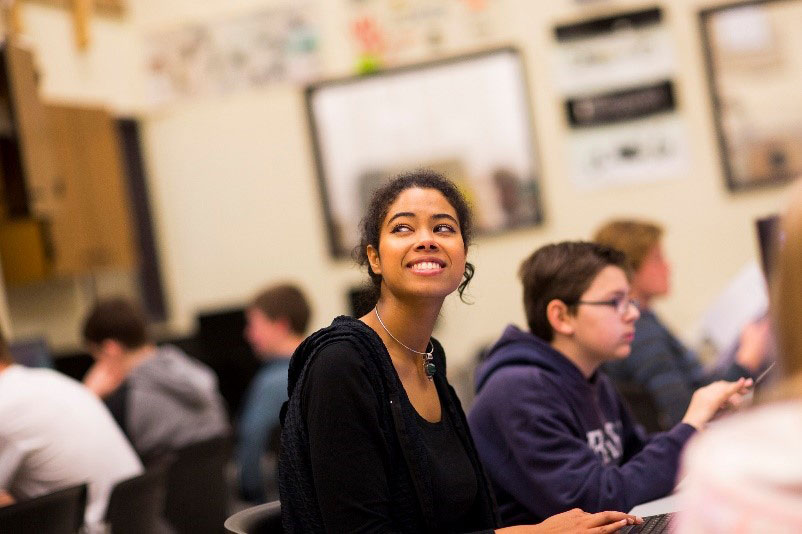
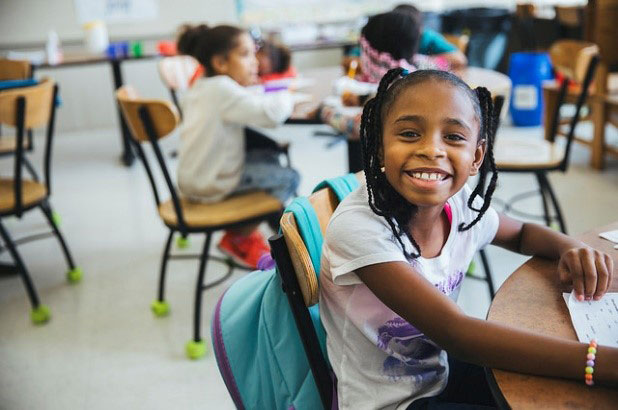
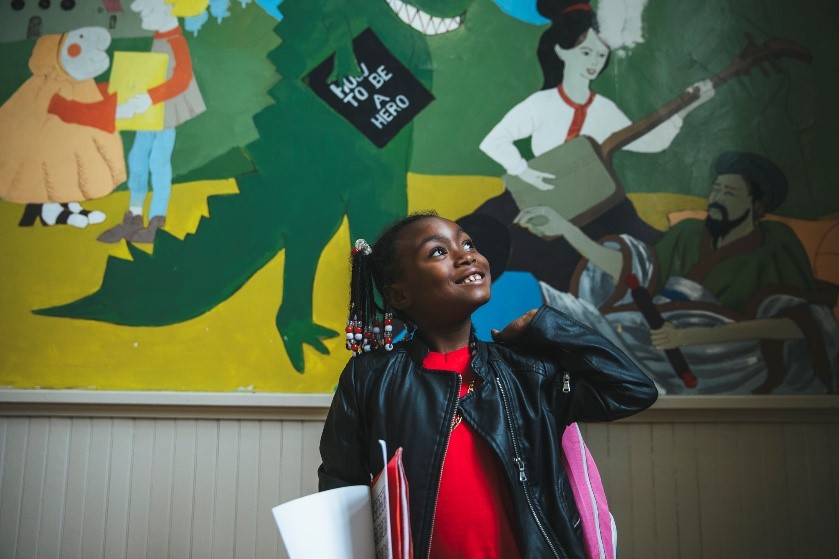
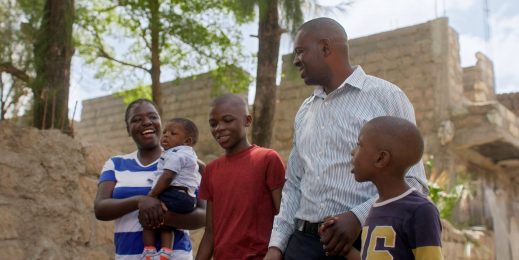




![A security team analyses key data from a visual dashboard.]](https://news.microsoft.com/wp-content/uploads/prod/sites/133/2023/04/Security-Sprint_TL_Banner-Image-519x260.jpg)
